A Dundee first aid trainer has spoken out about the life-saving basics everyone should know, in the hope of raising awareness within the community.
James Russell set up Dundee First Aid Training Ltd with friend and colleague, Chris Stewart in March this year.
The pair are on a mission to train Dundonians in the need-to-know procedures that could save someone’s life.
Here, James tells us about the training he provides and the top things you need to know to use first aid in an emergency.
‘Not knowing what to do was horrible’
James and Chris met at Olympia in 2009, where they were both lifeguards. It was an incident at the pool that inspired James to learn first aid in the first place.
James, 38, remembers: “I’ve always wanted to be able to help people. When I worked at Olympia, there was a situation once where a child had a febrile convulsion.
“At the time I wasn’t first aid trained, only lifeguard trained. I didn’t know what to do.
“Thankfully, the child’s mother was a doctor so I just backed her up, but not knowing what to do was horrible for me.
“Now, I have my own two-year-old and if anything happens, I have the skills to be able to deal with it.”
At their training sessions, Chris and James cover the basics, including CPR, the recovery position and how to use a defibrillator.
James continues: “I also like to know a bit about the people, their backgrounds, what their jobs are, if they have kids or grandkids.
“This means I can tailor the course and give them knowledge based on what they need to know in their own lives.”
Life-saving advice
You never know when you might have to use first aid to help someone in need. But would you know what to do in a crisis?
While every incident is different, James shares advice for what to do in certain emergency situations.
Bleeding
“It depends if they’re breathing or not and where the bleed is. For any type of bleed that’s spurting (an arterial bleed), that needs to be dealt with first.
“That might look like putting pressure on it, you can use bandages or a t-shirt. You might also need to put your finger in the wound if nothing else is stopping the bleeding.
“If someone is unconscious and not breathing we need to deal with the bleed before we continue with CPR. If we don’t do this, the CPR is a waste of time.”
Burns
“Run the burn under cold water for a minimum of 10 minutes, or 20 minutes if it’s a chemical burn.
“Remove any loose items of clothing or jewellery. If it’s a bad burn, you’re most likely going to get yourself or the person to hospital.
“A child won’t be able to handle the scalding from the burn on top of cold running water.
“Instead, you can soak a cloth in lukewarm water and put that over the wound instead while you get them to hospital.”
Choking
“The first thing you do is encourage the person choking to cough. Then you’re going to do five back blows between the shoulder blades, followed by five abdominal thrusts.”
Unconscious
“Firstly, you have to check they’re breathing. To do this, tilt their head back and lift their chin, as chances are their tongue has relaxed and is blocking their airway.
“Where that doesn’t work, there may be a problem lower in the trachea, which you won’t be able to deal with.
“If they are breathing, you’d likely put them in the recovery position. If they’re not, you’re going to go into CPR and call an ambulance.”
Other advice
James also advises being aware of symptoms of life-threatening conditions, such as a heart attack or stroke.
Doing so won’t mean you can necessarily help someone in this situation with first aid.
But, recognising symptoms of someone in trouble will enable you to phone an ambulance faster and increase the chance of getting them the medical help they need.
In the case of a heart attack, being aware of symptoms can also help you know to locate and use an automated external defibrillator.
As James says: “They are critical pieces of equipment. The faster you retrieve this and attach it to the casualty, the higher chance you have of saving that person.”
- Mention The Courier’s article when booking a course to get a 20% discount.
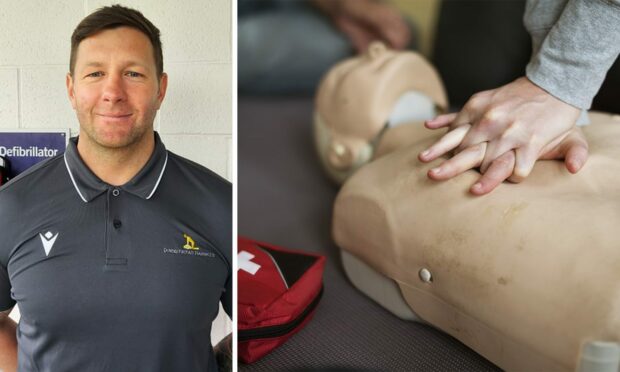
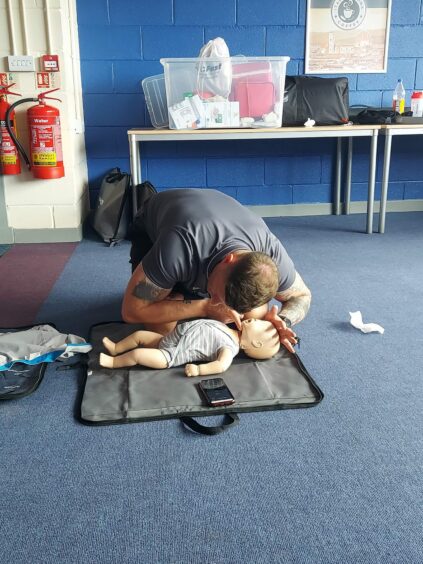

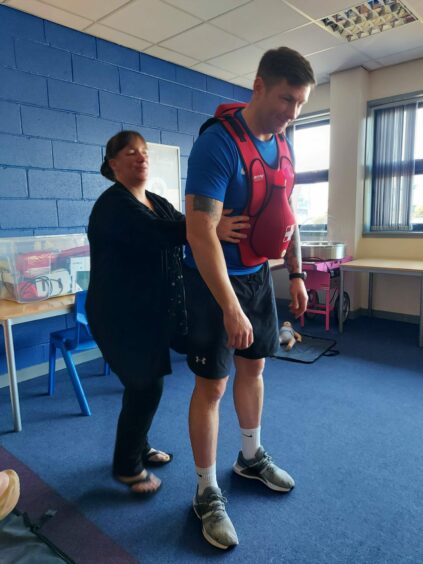
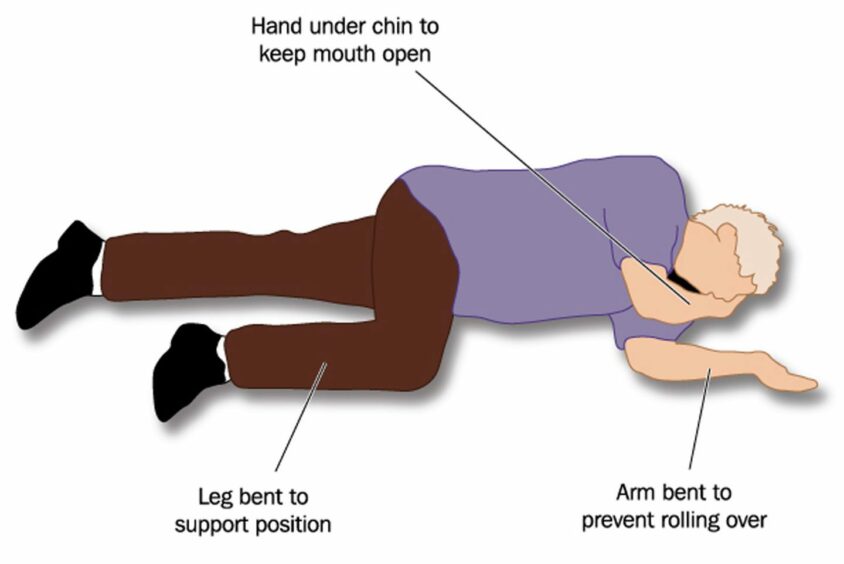
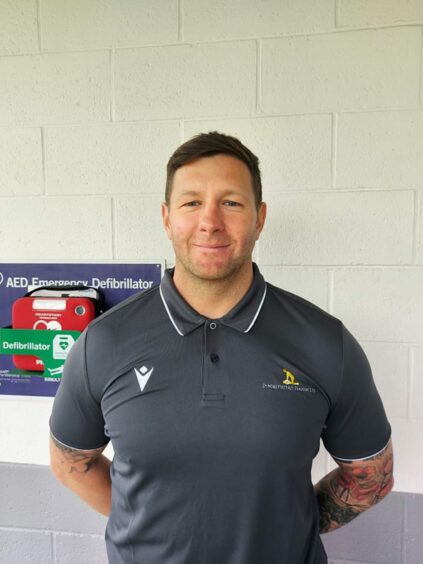




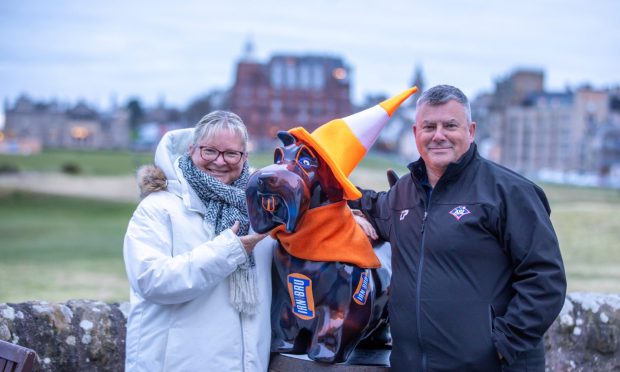

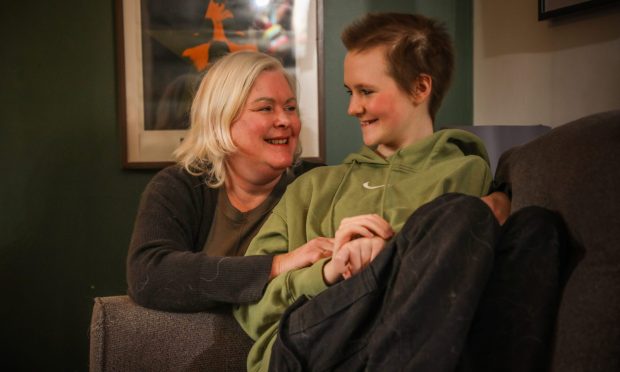
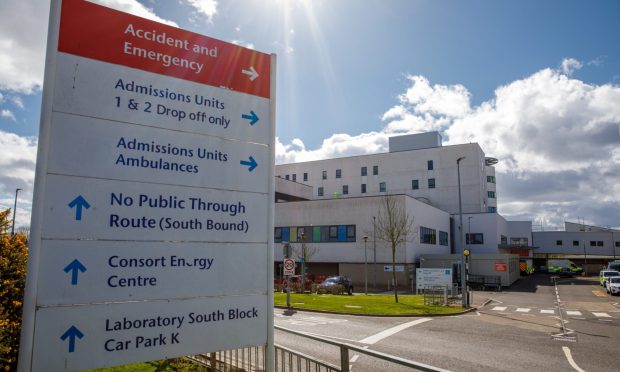


Conversation